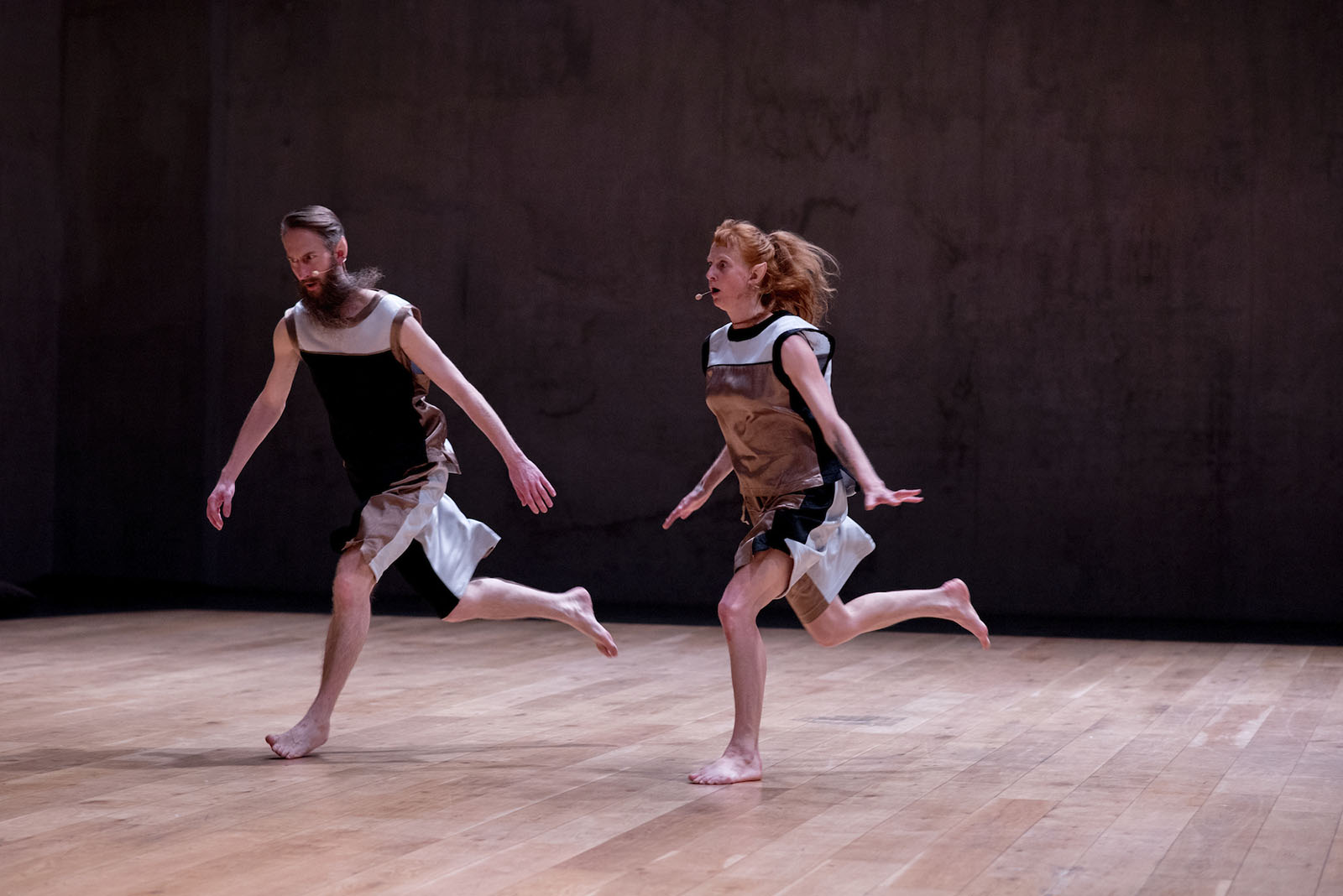Momentum and perception

And a clear feeling that one of the things I am constantly working on
is the simultaneous practice, the bringing together,
of perception-in-motion and momentum/weight-in-motion.
One of the (too simple, but perhaps momentarily useful) ways I can describe or situate this is to say it is a bringing together of my Limón lineage (which is far too simple a way to describe
what is really involved) and my engagement with Deborah Hay and all that entails.
Really, it is not just Limón at all (which is so far in the past for me, although influential at the beginning of my development) but all of my history of practice that I am attempting to address
(Sperling 2017-2021, 8/7/19)
I use the terms ‘momentum’ and ‘perception’ to characterise two choreographic approaches that I seek to integrate with one another in my work. These two approaches have had different prevalence within different phases of my three-and-a-half decades of learning and development as an artist. Part of what No-How Generator – particularly the choreographic material back-and-forthing – embodies is my interest in integrating these approaches with one another, driven by a desire to access and incorporate all of my previous learning in my current practice, and to activate the fullest possible potentials of the artform as I understand it.
‘Momentum’ is an (oversimplified but shorthand and therefore useful) way of referring to an orientation towards dance and choreographic practice that I characterise, in its most direct sense, as focusing primarily on articulating and extending the physical potentials of working with body weight in relationship to gravity. What I characterise as ‘perception’ contrasts with this, yet, in my view, does not necessarily oppose or occlude it: ‘perception’ refers, for me, to a choreographic orientation that emphasises and activates the perceptual experience of the performer as a choreographic material, or even as the choreographic material.
My references for formulating these orientations in this way are rooted in my experiences of practicing in this artform. I associate ‘momentum’ largely with my earlier experiences of dance study and work, where the gravitationally and anatomically focused approach to dance technique attributed to José Limón was frequently among the most prominent influences. I associate the choreographic approach that I call ‘perception’ with my relatively more recent engagement with Deborah Hay’s practice and my collaborative working with Siobhan Davies and other artists with Siobhan Davies Dance, which have been among the key contexts that have afforded and supported my engagement with the potentials of an expanded understanding of choreography.
Thinking in terms of ‘momentum’ and ‘perception’ in these ways helps me to reflect on how No-How Generator and back-and-forthing embody an engagement with my learning from experience longitudinally, in the history of my practice as an artist and my consideration of the potentials of the artform that I am interested in activating.
READ MORE in Section 4 of my written thesis on Momentum and Perception: Back-and-forthing as an implicit synthesis of longitudinal learning